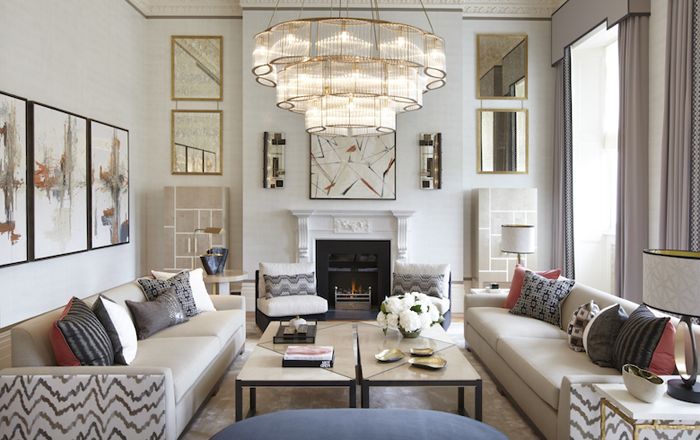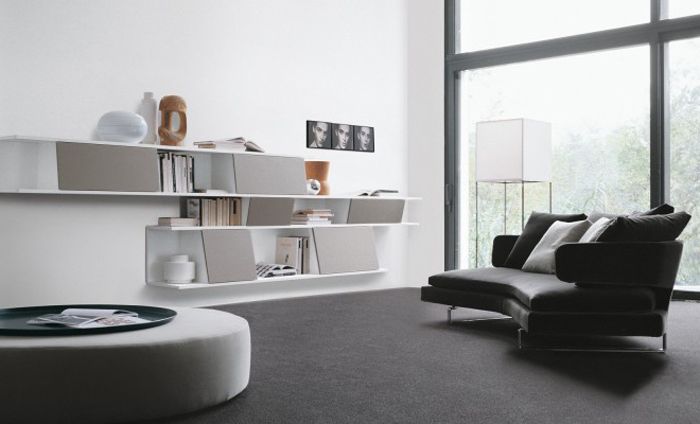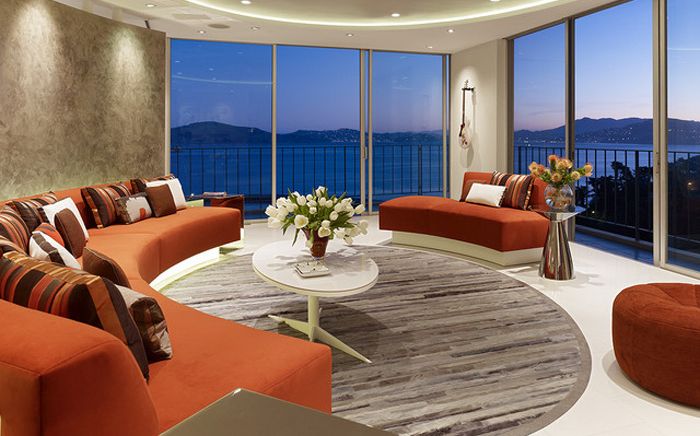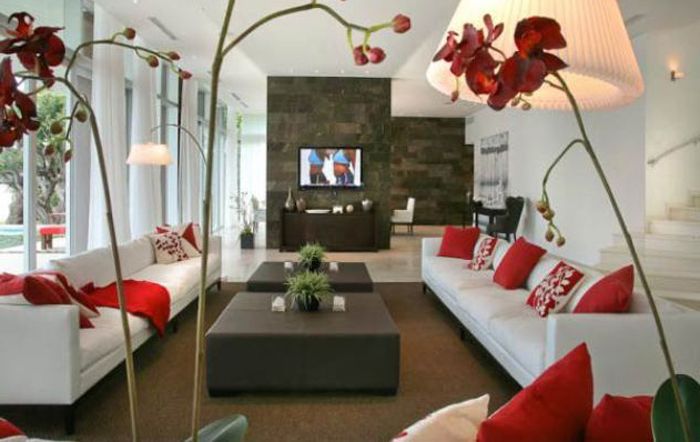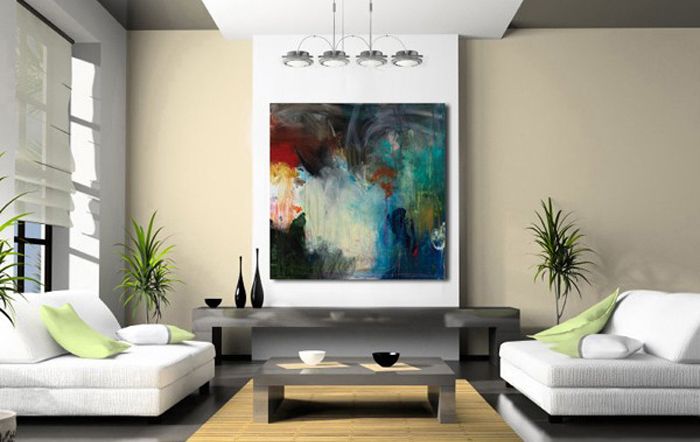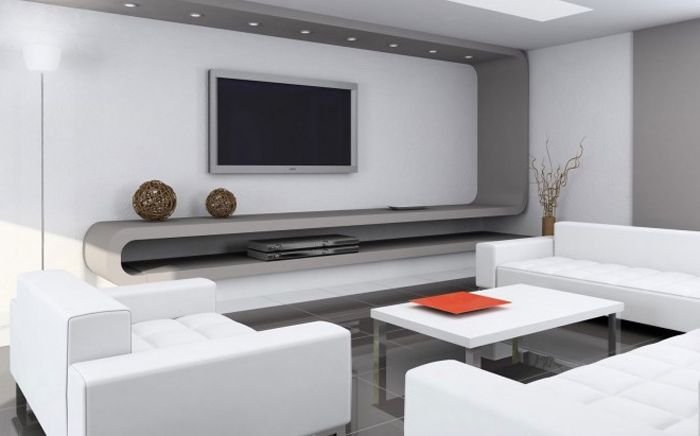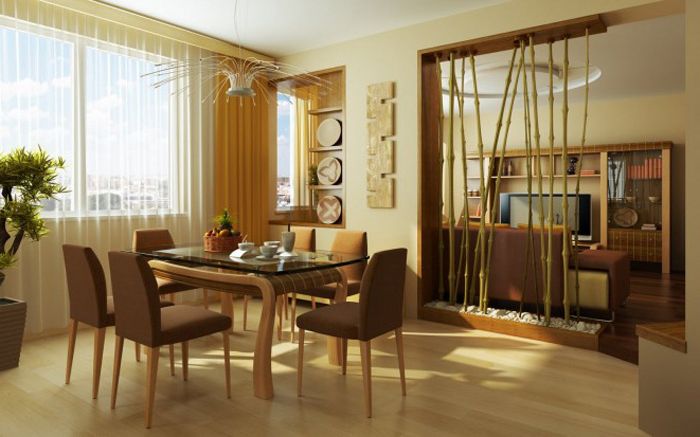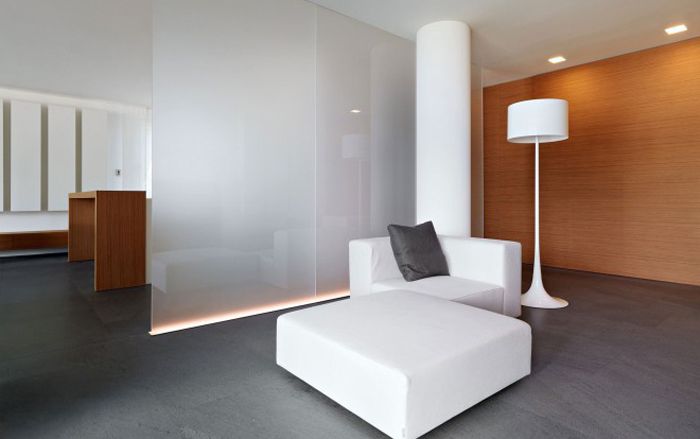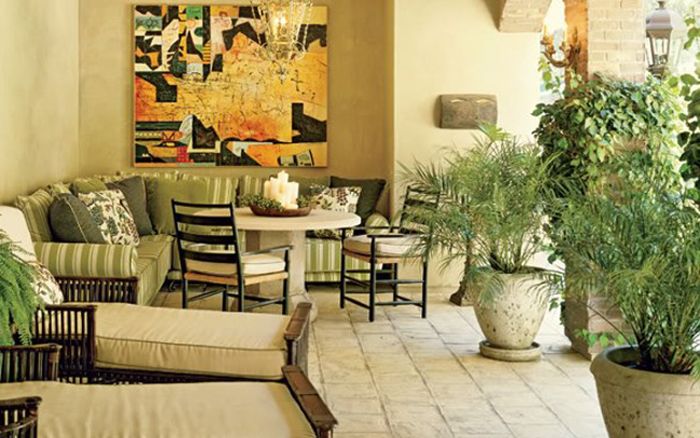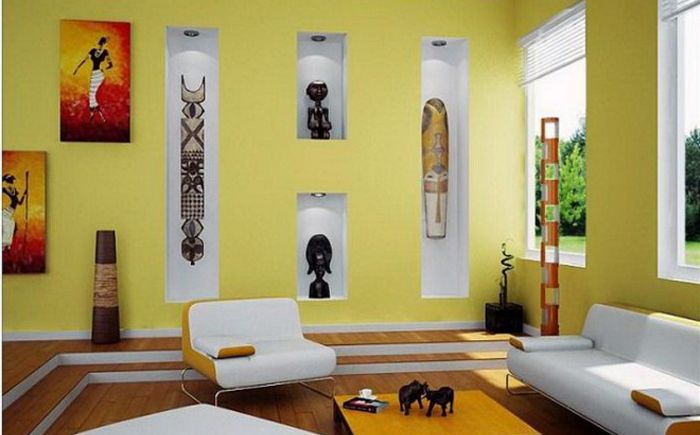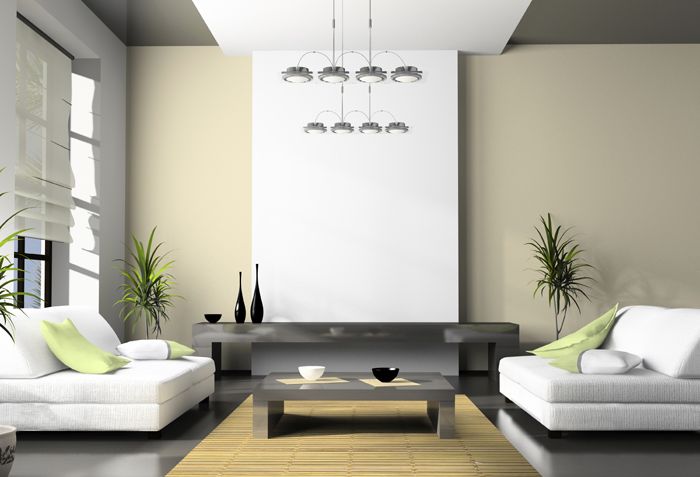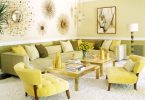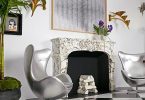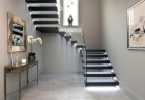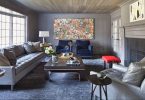6 essential interior design whales: to help beginners
Everyone perceives interior design as the process by which a boring and uninteresting home turns into a luxurious and cozy home. But in order to achieve such a result, you need to know the basics of this process, to understand the main principles on which it is based.
Harmony
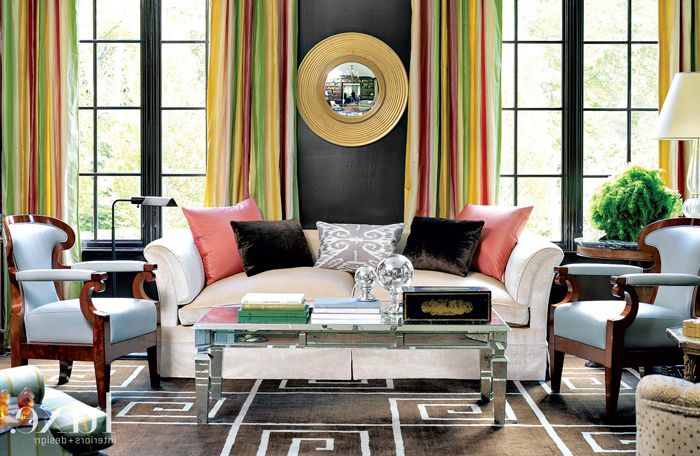
Symmetrical harmony
Symmetrical harmony. Half of the room is a mirror image of the other half. Thanks to her, an orderly, comfortable interior is formed, pleasing to the eye with its consistency..
Asymmetrical harmony
Asymmetrical harmony. In the second half of the room, furniture or architectural elements look different, but carry the same visual load. For example, black is visually heavier than green, and two sofas are visually heavier than several chairs..
Radial harmony
Radial harmony. Other objects with a visible spiral pattern radiate from the central element. Most often, radial symmetry is created by staircases in large foyers, but it can be created with round rugs, rounded sofas and other furniture..
Accent
Accent interior
Each room should have a compositional center that attracts everyone’s attention. All other design elements are aimed at drawing visual attention to it. This is achieved through color, texture, size and location..
Painting as a compositional center
The sofas serve as a frame for the picture. The compositional center of the room. White wall and ceiling provide the perfect contrasting backdrop.
Contrast
Contrast in the interior
Contrast helps to highlight the compositional center and prevents the interior from becoming too formal and boring..
Texture contrast
Shapes and colors mix easily and create a variety of interior options. Even minimalist and Scandinavian styles provide for contrast, otherwise the room becomes completely faceless. Even in the same color scheme, the straight lines of the furniture contrast with the rounded, fabric with bamboo.
Negative space
Positive space
Positive and negative space. Positive space is defined by color, furniture, paintings, carpets. Negative space is emptiness, a white sector that redirects attention to the compositional center.
Rhythm
Rhythm in the interior
Rhythm is a visual flow, the gaze should move smoothly around the room. It is formed by several means.
Repetition is the reuse of certain items or decorative elements. For example, a chevron pattern can be repeated on the upholstery of a sofa and wallpaper, a series of similar vases or stacks of books can be on a shelf..
Alternating elements
Alternation – a modular sofa with alternating green and white sections, a small round table between two identical chairs will help achieve the desired effect.
Decor by size
Development – decorative elements are arranged according to their size, from small to large, or according to gradients of their colors.
Scale
Dark ceiling helps reduce room height
The decor should be equivalent to each other. An object that is too large will overwhelm everyone else..
Integrity

Living room interior
Integrity is what makes the interior feel as a whole. To do this, each element must fulfill its purpose, without getting out of the box and without distracting attention..
Do not be afraid to design the interior of your home yourself. Feel free to experiment like a family from Maryland did. Their family home is an amazing role model..

